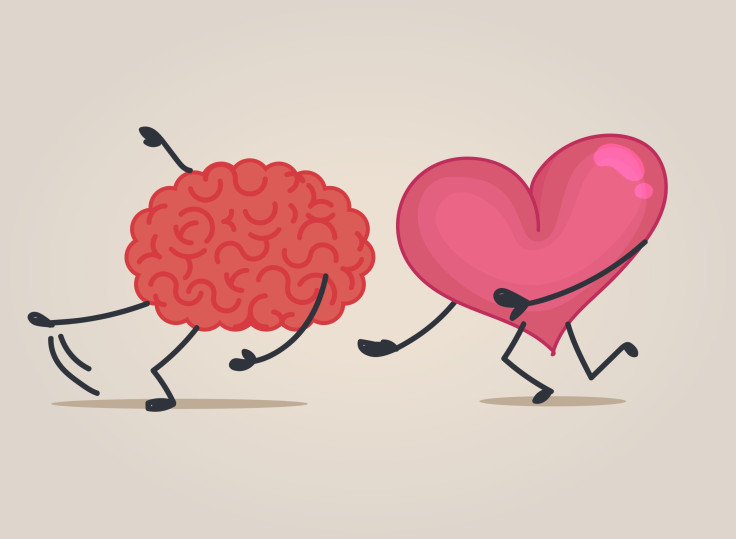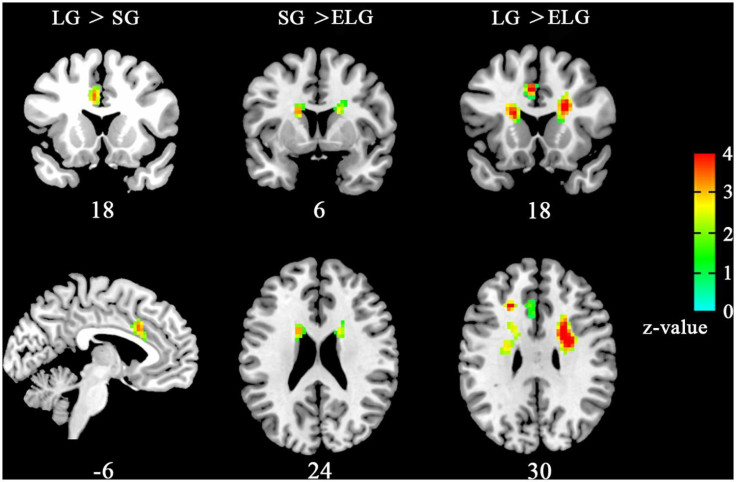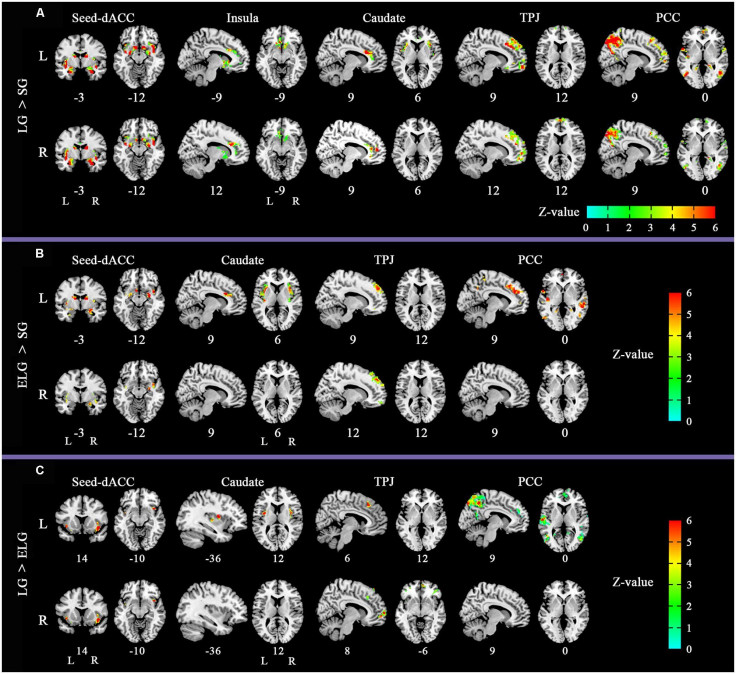What Is Love? MRI Scan Reveals What Stages Of Romantic Love You're In Via Brain Map

One of life’s toughest questions to answer is “What is love?” Childhood games such as “He loves me, he loves me not” set the parameters for us to become infatuated with the validation of love, but even after saying “I love you” to a person, we may still not understand the profound meaning of the sentiment. According to a recent study published in the journal Frontiers in Human Neuroscience, activity in regions of the brain associated with reward, motivation, emotion, and social functioning are highest when we are in love.
The most powerful human emotion that can be experienced is actually seldom understood. The unnerving urge to grasp it led the term “What is love” to be the most searched phrase on Google in 2012. Psychologists have defined it as a state that is different from familial or friendship love with the desire to enter or maintain a close relationship with a specific other person, but what happens biologically?
Love is known to have a variety of effects on the body that lead to feelings of euphoria, craving, obsession, and even personality changes. During instant attraction, the brain’s ventromedial prefrontal cortex — the area that judges attractiveness in milliseconds — is immediately activated, setting off a chain of reactions in the brain. However, how exactly does the brain activity of those in love compare to others?
Professor Xiaochu Zhang, leader of the study at the University of Science and Technology of China, and researchers from Southwest University, the University of Science and Technology of China, and from the Icahn School of Medicine at Mount Sinai, N.Y., sought to see how exactly romantic love affects the functional architecture of the brain. A total of 100 men and women, divided into three groups — those who were intensely in love, recently ended a romantic relationship, or single and never had a romance — underwent a brain scan. There were no significant differences found in age, education, or income.
The brain activity of all the participants was investigated using resting state fMRI while they weren’t thinking about anything. This was done to help scientists get the overall picture of their functional architecture. The brain map found a variety of results among the three groups.
The findings revealed, compared to other groups, those within the in-love group had more increased activity across several brain regions involved in reward, motivation, emotion, an social functioning. Moreover, the researchers found the longer they had been in love, the greater the brain activity seen. Those in the ended-love group were more likely to show a lower amount of activity detected in these areas of the brain.


“This study provides first empirical evidence of love-related alterations in brain functional architecture. Furthermore, the results shed light on the underlying neural mechanisms of romantic love, and demonstrate the possibility of applying a resting-state fMRI approach for investigating romantic love,” wrote the researchers. This suggests love may influence dispersive brain networks during general state as well as the social cognition brain networks.
Falling in love is such an easy thing to do, but such a hard thing to understand — even for neurologists.
Source: d’Oleire Uquillas F, Liu Y, Kou J. Love-related changes in the brain: a resting-state functional magnetic resonance imaging study. Front. Hum. Neurosci. 2015.



























